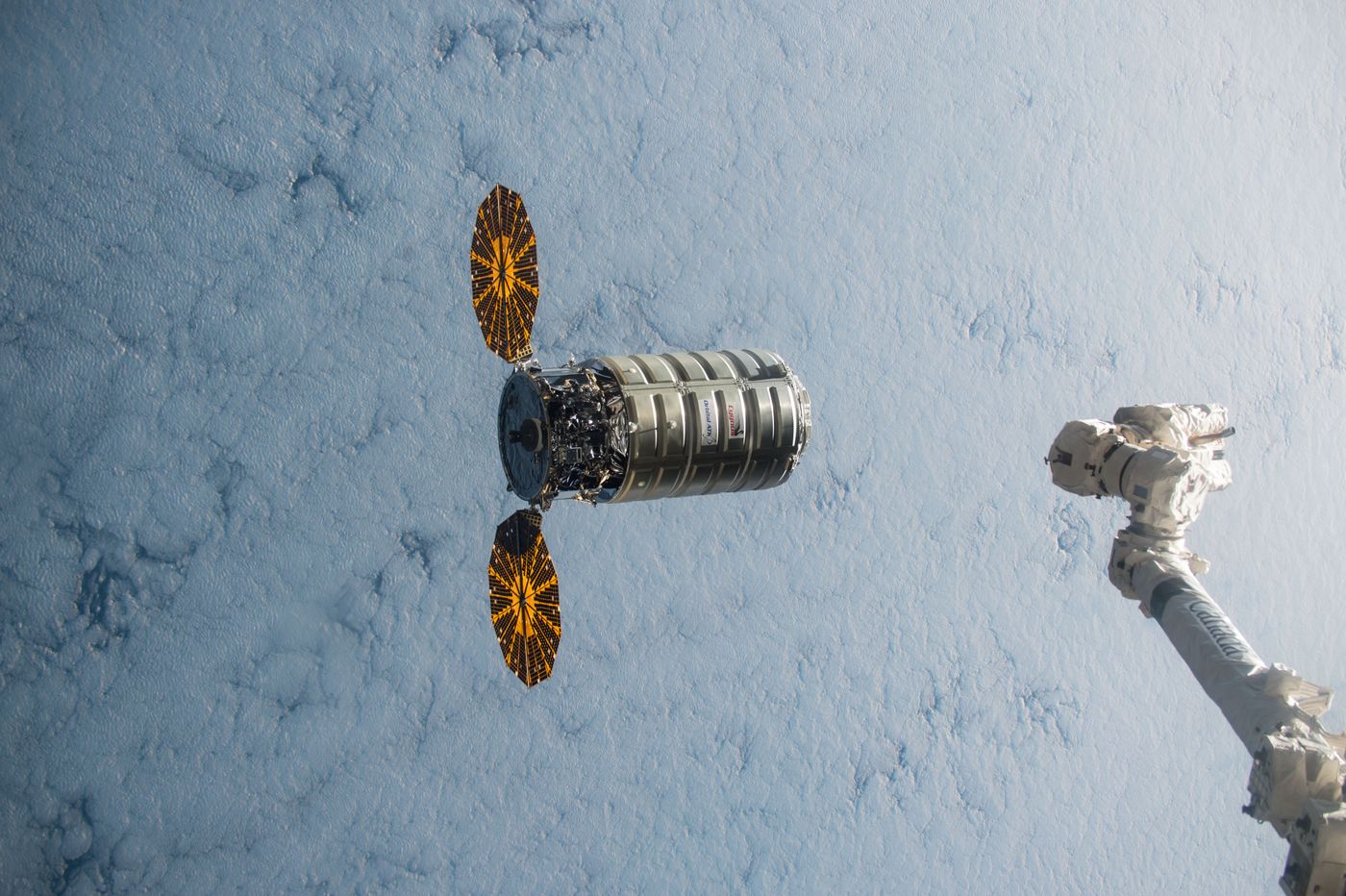NASA Just Ignited a Fire in a Controlled Spacecraft to See What Would Happen
Utilizing what NASA calls the Cygnus spacecraft, the United States-based space agency wanted to learn a little more about how ignition and fire will behave in the micro-gravitational conditions of outer space.

Image Credit: NASA
Cygnus housed a special device called Saffire, which is basically a box with the dimensions of approximately 2 x 3 x 4 feet that will house the fire. The box housed not only the combustion process, but also sensors and equipment that have been designed to carefully take readings that will be beamed back to scientists on Earth.
Because we have astronauts in space right now, living in micro-gravitational conditions as we speak, it’s important to understand fire safety in outer space.
It isn't the first time that fire has been studied in space, but this will certainly be one of the most in-depth space fire research projects ever.
“A spacecraft fire is one of the greatest crew safety concerns for NASA and the international space exploration community,” says Gary Ruff, Saffire project manager.
Saffire will reportedly test the combustion process of various materials so scientists can study the burning process of not just one, but all kinds of materials that are likely to be found in space and offer the most risk of burning.
“Saffire seeks to answer two questions,” says David Urban, principal investigator. “Will an upward spreading flame continue to grow or will microgravity limit the size? Secondly, what fabrics and materials will catch fire and how will they burn?”
Studying the burning process can help NASA learn the best methods to deal with fires in space and to keep the precious lives on the International Space Station safe in the unlikely event of a fire.
Moreover, when we finally partake in deep space travel missions, such as those to other planets like Mars, experiments like this one can help ensure astronauts will be better-prepared to handle emergencies like fires in space. This is a big deal since help won't be anywhere close when humans go on deep space missions.
Cygnus was originally attached to the International Space Station while the astronauts on board used it to load and unload materials, but after everything they needed was unloaded, they were able to send the Cygnus spacecraft back into space with the fire experiment neatly tucked away inside of it.
“Within the first day after Cygnus pulls away from the space station, we will begin the experiment, which will run autonomously once the RUN command is sent,” says Steven Sinacore, deputy project manager. “It will only take a few hours to run the experiments, but Cygnus will remain in space for seven days to ensure complete data transmission back to the Saffire operations team on the ground.”
The project has already taken place, and NASA shared the following videos on Twitter showing the burning process:
Video from the #Saffire experiment! #NASAglenn pic.twitter.com/jWo7ay7Vwr
— NASA Glenn Research (@NASAglenn) June 16, 2016
The #Saffire-I sample ignites! Preliminary data indicates the sample burned for about 8 minutes. #NASAglenn pic.twitter.com/m4vL0Lid05
— NASA Glenn Research (@NASAglenn) June 16, 2016
After the experimentation and data collection is complete, Cygnus will begin to fall to Earth, where the remainder of the spacecraft and its contents will burn up in the Earth’s atmosphere.
Source: NASA








